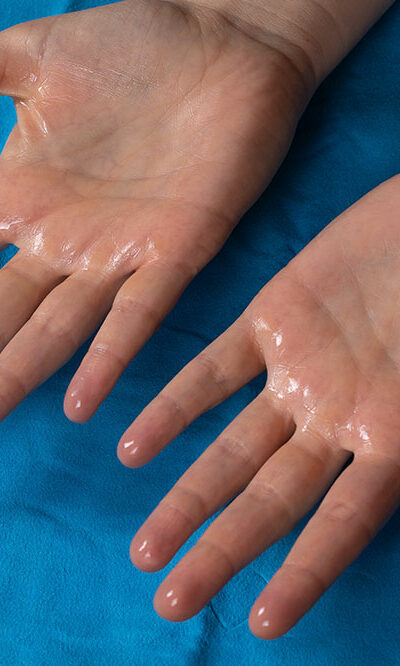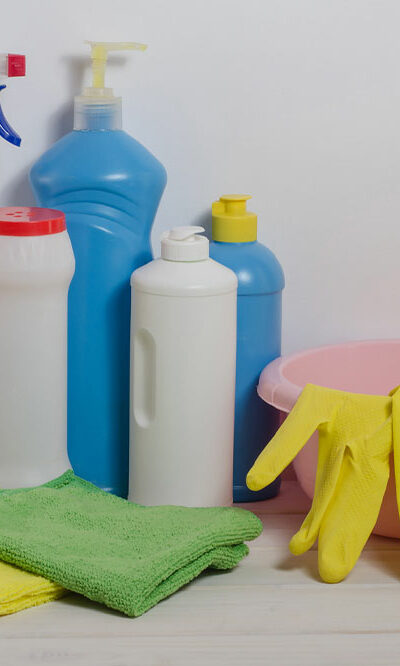
6 ingredients in detergents that cause skin irritation
Laundry detergents and fabric softeners are key items on one’s shopping list as people regularly wash clothes, bedding, and even furnishings. However, even the major brands in the business heavily rely on certain chemicals and additives that increase the potency and efficacy of their product. This, of course, can come at the cost of irritating sensitive skin. So here are six common ingredients in detergents that you should avoid if you have sensitive skin: Preservatives Soaps, detergents, and laundry cleaners are laced with preservatives that increase the shelf life of the product. Phenoxyethanol and formaldehyde are common preservatives that kill bacterial growth and stabilize the solution for long-term effectiveness. However, their direct contact with sensitive skin can result in harsh flare-ups and inflammation, especially among those who already suffer from skin disorders like eczema and psoriasis. Fragrances Artificial fragrances are added to cosmetic products and laundry detergents to make fabric smell great after a thorough wash. However, most artificial fragrances are made using an ethanol base that can cause irritation once the detergent comes in contact with the skin. Fragrances also release harmful fumes that should not be ingested. Parabens Parabens are the most common chemicals in water-based laundry detergents, as they increase the product’s shelf life and prevent mold from affecting the formula. However, several studies suggest parabens increase the risk of endocrine disorders as exposure can trigger unstable hormone levels in the body. Further, parabens can irritate inflamed skin. Emulsifiers Emulsifiers are one of the primary chemicals in fabric softeners, added to stabilize the solution and prevent it from separating into two parts. However, studies indicate that emulsifiers can erode the protective outer layer of the skin and trigger unwanted allergic reactions in those with known skin disorders. Bleach Bleach is a highly potent corrosive that helps remove stubborn stains and dirt and can change the fabric’s color.










